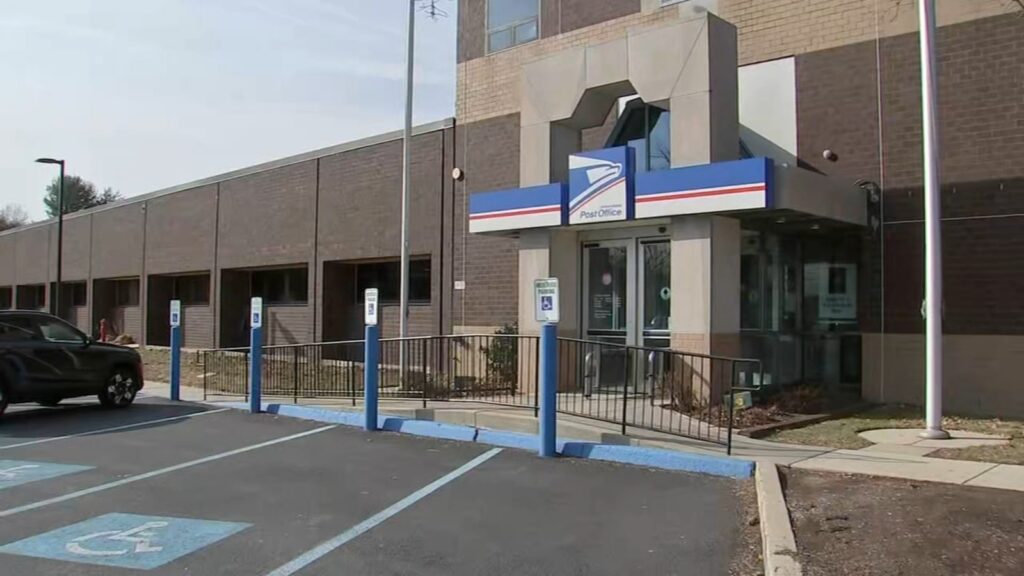In a surprising move that could reshape the future of America’s mail delivery, the U.S. Postal Service (USPS) has announced a partnership with Elon Musk’s Department of Government Efficiency (DOGE). This collaboration aims to cut 10,000 jobs and save billions from the USPS budget. The news, detailed in a letter to Congress, has sparked a mix of hope and concern across the nation. Let’s dive into what this means for the postal service and the communities it serves.
USPS and DOGE: A New Partnership
Postmaster General Louis DeJoy’s letter to members of Congress revealed a strategic alliance between USPS and DOGE. The goal? To tackle the “big problems” facing the $78 billion-a-year agency. This partnership isn’t just about cost-cutting; it’s about reimagining how the postal service operates.
The Role of DOGE
DOGE, led by tech mogul Elon Musk, brings a fresh perspective to the table. Known for its innovative approaches to government efficiency, DOGE will help USPS identify areas where they can streamline operations and reduce costs. This collaboration also involves the General Services Administration, aiming to enhance the postal service’s efficiency further.
Addressing the Challenges
USPS has faced numerous challenges in recent years, from declining first-class mail revenue to mismanagement issues. The letter highlighted specific areas of concern, including the mismanagement of retirement assets and the Workers’ Compensation Program. Additionally, regulatory requirements have been described as “restricting normal business practice.”
The Impact of Job Cuts
The plan to cut 10,000 jobs over the next 30 days has raised eyebrows. These cuts will be implemented through a voluntary early retirement program, aiming to reduce the workforce without forced layoffs. However, critics worry about the broader impact on communities, especially in rural areas where USPS plays a vital role.
Voices of Concern and Support
The announcement has elicited a range of reactions. Democratic U.S. Rep. Gerald Connolly of Virginia expressed strong opposition, warning that turning over the Postal Service to DOGE could lead to privatization and undermine its mission.
“This capitulation will have catastrophic consequences for all Americans – especially those in rural and hard to reach areas – who rely on the Postal Service every day to deliver mail, medications, ballots, and more,” he stated.
Support from Labor Unions
On the other hand, the National Association of Letter Carriers (NALC) President Brian L. Renfroe offered a more nuanced view. While welcoming help to address the agency’s challenges, Renfroe firmly opposed any moves toward privatization.
“Common sense solutions are what the Postal Service needs, not privatization efforts that will threaten 640,000 postal employees’ jobs, 7.9 million jobs tied to our work, and the universal service every American relies on daily,” he emphasized.
The Broader Context
This isn’t the first time USPS has faced significant changes. In 2021, the agency cut 30,000 workers as part of efforts to reduce operating costs by over $3.5 billion annually. The current partnership with DOGE is part of a broader strategy to ensure the postal service’s long-term sustainability.
The Threat of Privatization
President Donald Trump has been vocal about his desire to privatize USPS. Last month, he suggested placing the agency under the control of the Commerce Department, a move that would represent a significant shift in its governance. The partnership with DOGE and the job cuts could be seen as steps toward that goal, though USPS has fought to maintain its status as an independent entity since 1970.
Looking Ahead
As USPS moves forward with its plans, the focus remains on balancing cost-cutting measures with the need to serve all Americans effectively. The agency currently employs about 640,000 workers, delivering mail from bustling cities to remote islands. The challenge will be to maintain this universal service while implementing significant changes.
What This Means for You
For the average American, these changes could mean:
- Faster and more efficient mail delivery if cost-saving measures succeed.
- Potential disruptions in service, especially in rural areas, if job cuts impact operations.
- Continued debate over the future of USPS and the role of privatization.
Conclusion
The partnership between USPS and DOGE represents a bold attempt to address the agency’s longstanding issues. While the plan to cut 10,000 jobs and save billions has stirred controversy, it also offers a glimmer of hope for a more efficient postal service. As these changes unfold, the nation will watch closely to see how they affect the everyday lives of Americans who rely on USPS for essential services.
In the coming months, the impact of these reforms will become clearer. Will they lead to a leaner, more effective postal service, or will they compromise the universal service that so many depend on? Only time will tell, but one thing is certain: the future of USPS is at a crossroads, and the decisions made now will shape its path for years to come.
Source: abc7.com

